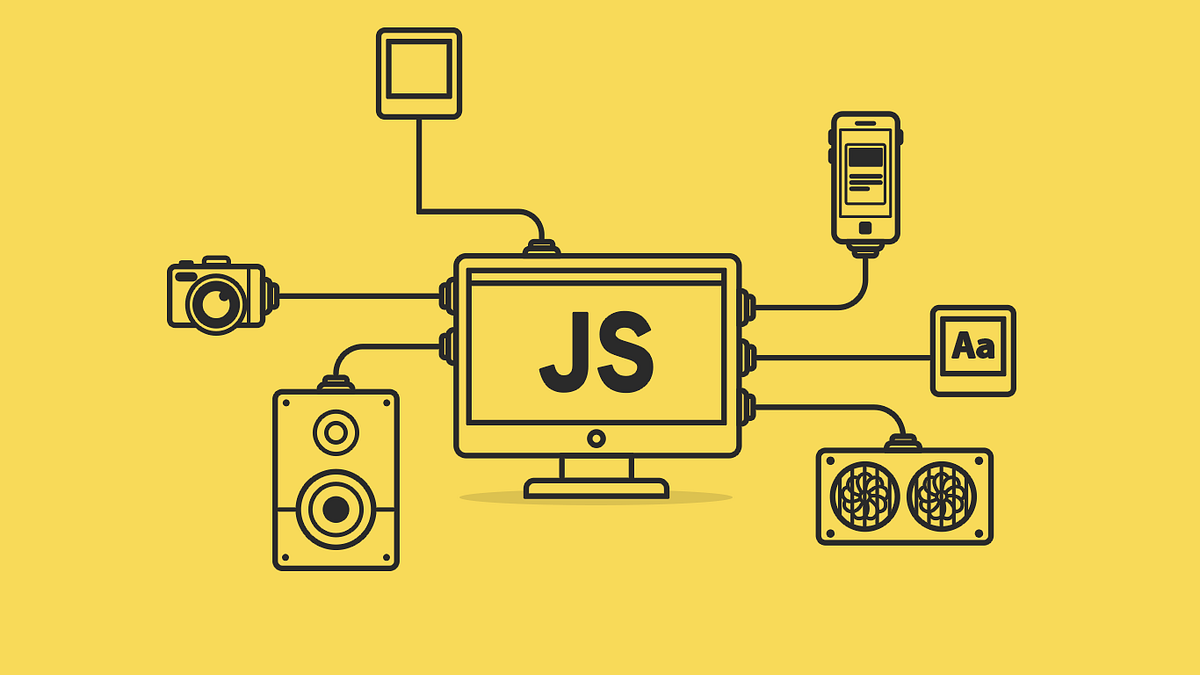What is JavaScript?
JavaScript is a high-level, dynamic programming language primarily used for creating interactive elements on websites. It runs directly in the browser, making it essential for front-end development. Over the years, JavaScript has evolved into a robust, full-stack language, thanks to frameworks like Node.js.
A Brief History
JavaScript was created in just 10 days by Brendan Eich in 1995 while he was working at Netscape. Initially called Mocha, it was later renamed to LiveScript and finally JavaScript to ride the wave of Java's popularity at the time.
Fast forward to today, JavaScript is a key player in the web development ecosystem, supported by all major browsers and powering countless applications.
Key Features of JavaScript
1. Dynamic Typing
JavaScript doesn't require you to define the type of a variable. For example:
2. Event-Driven Programming
JavaScript excels at handling user interactions through events. For example:
3. Prototypal Inheritance
Instead of classical inheritance, JavaScript uses prototypal inheritance, allowing objects to inherit directly from other objects.
4. Asynchronous Programming
JavaScript introduced features like Promises and async/await to handle asynchronous tasks, making code cleaner and more readable.
javascriptCopyEditasync function fetchData() {
const response = await fetch("https://api.example.com/data");
const data = await response.json();
console.log(data);
}
Why JavaScript is So Popular
- Ubiquity: Every modern web browser supports JavaScript, making it the go-to language for client-side development.
- Rich Ecosystem: Libraries like React, Angular, and Vue.js simplify front-end development, while Node.js extends JavaScript's capabilities to the server-side.
- Community Support: JavaScript boasts a massive developer community, with countless resources, tutorials, and tools available.
- Versatility: With JavaScript, you can build websites, mobile apps, desktop applications, and even control IoT devices.
Common JavaScript Pitfalls (And How to Avoid Them)
1. Global Variable Pollution
Avoid creating global variables, as they can lead to conflicts. Use let or const to define variables within a local scope.
2. Callback Hell
Too many nested callbacks can make code unreadable. Use Promises or async/await for cleaner, more maintainable code.
3. Type Coercion
JavaScript’s type coercion can produce unexpected results:
javascriptCopyEditconsole.log(1 + "2"); // "12"
console.log("2" - 1); // 1
To avoid confusion, use strict equality (===) and explicitly convert types when needed.
JavaScript in 2025 and Beyond
As of 2025, JavaScript continues to evolve. With the ongoing development of ECMAScript standards, features like native decorators, improved type annotations, and better asynchronous handling are shaping the language's future. Additionally, the rise of WebAssembly is expanding JavaScript's capabilities, enabling high-performance applications like gaming and video editing to run in the browser. you can chick this google
Getting Started with JavaScript
If you're new to JavaScript, here are some steps to begin your journey:
- Learn the Basics: Understand variables, loops, functions, and objects.
- Practice DOM Manipulation: Use JavaScript to interact with web pages dynamically.
- Master Asynchronous Code: Learn about
Promises and async/await. - Explore Frameworks: Once you're comfortable, dive into libraries like React or Vue.js.
Conclusion
JavaScript is more than just a programming language—it's the backbone of modern web development. Whether you're building a simple portfolio or a complex web application, JavaScript has the tools and features to make it possible. By mastering this language, you'll unlock endless possibilities and become an invaluable asset in the tech world.
Ready to start coding? The world of JavaScript is waiting for you!



